Choosing the Best Fence Material for Texas Weather
Burglars themselves admit that fences will deter them from committing a crime. That’s a good enough reason to invest in a high-quality, superbly-stable fencing system.
More than that, a stable, secure, and great looking fence can raise the marketability of your home. That’s according to real estate experts, who also say fences can boost the value of a house. A privacy wood fence, for instance, can add at least 50% more of its total cost to the overall price of a home.
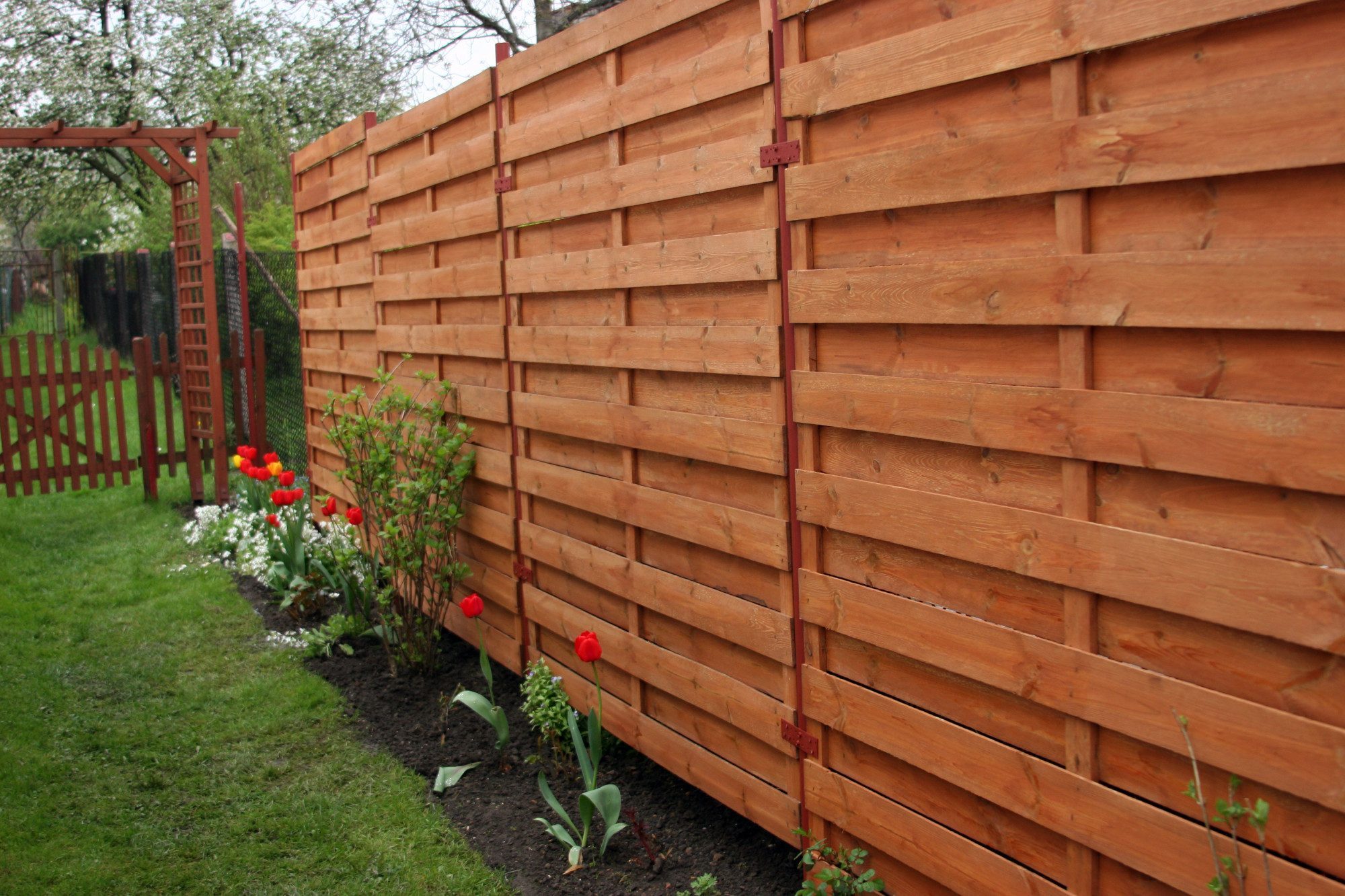
To get the most value out of your enclosure, though, you need to use the best fence material. Otherwise, it may do you and your home in Texas more damage than good.
While there are a lot of fencing materials to choose from, not all are suitable for use in Texas. The Lone Star State, after all, has extreme climatic conditions.
The question now is, what exactly makes for the best wood to use for a fence in TX?
We’ll point you in the right direction, so be sure to read on!
An Overview of Texas’ Climate
Texas has become the hottest state in the entire US, even more so than Arizona or Florida. In many areas of the Lone Star State, like Houston, summer temperatures now average a little over 100°.
However, Texas’ climate is not just plain hot, considering its size of 266,807 square miles. As the second-largest US state, it has climates that vary from cool to warm and muggy to dry. It’s because of this that the Lone Star State features three primary climate types.
Understanding Texas’ climate is a crucial factor when considering the best fence material. Changing environmental conditions, after all, can make or (literally) break your fencing system.
The Continental Steppe
This is more common in the Texas High Plains, which is where you’ll find the cities of Lubbock and Amarillo. This type of climate will expose your fence to huge variations in daily temperatures. It will also face irregularly-spaced rainfall, as well as low relative humidity.
All in all, Texas’ continental steppe climate is semi-arid and comes with mild winters.
The Mountain Climate
This climate is prevalent in the Trans-Pecos Texas region. This is especially true for the Guadalupe, Davis, and Chisos Mountains. Here, the temperatures are cooler, the air is less dense, and the relative humidity is also lower.
The Modified Marine Climate
This climate type also goes by the name “Subtropical” and has several other subclasses. Texas, being so vast, experiences all four subtypes of the Subtropical climate. In addition, this is the most prevalent type of climate in the entire state.
The four “subheadings” of Texas’ modified marine climate include the following:
- Humid
- Subhumid
- Semi-arid
- Arid
All of these conditions will affect the longevity of your fence in different ways. That’s why it’s super important to know how exactly the climate works in your area. Only then can you be sure that you’re getting the best materials for a wood fence.
Characteristics of the Best Fence Material That Can Withstand Texas Climates
You want a fence that’s just as weather-resistant as it looks incredible. Meaning, you should go for a wood fence material that can withstand the varying climates of Texas. Or, at the very least, it should stand up to the types of weather conditions you experience in your area.
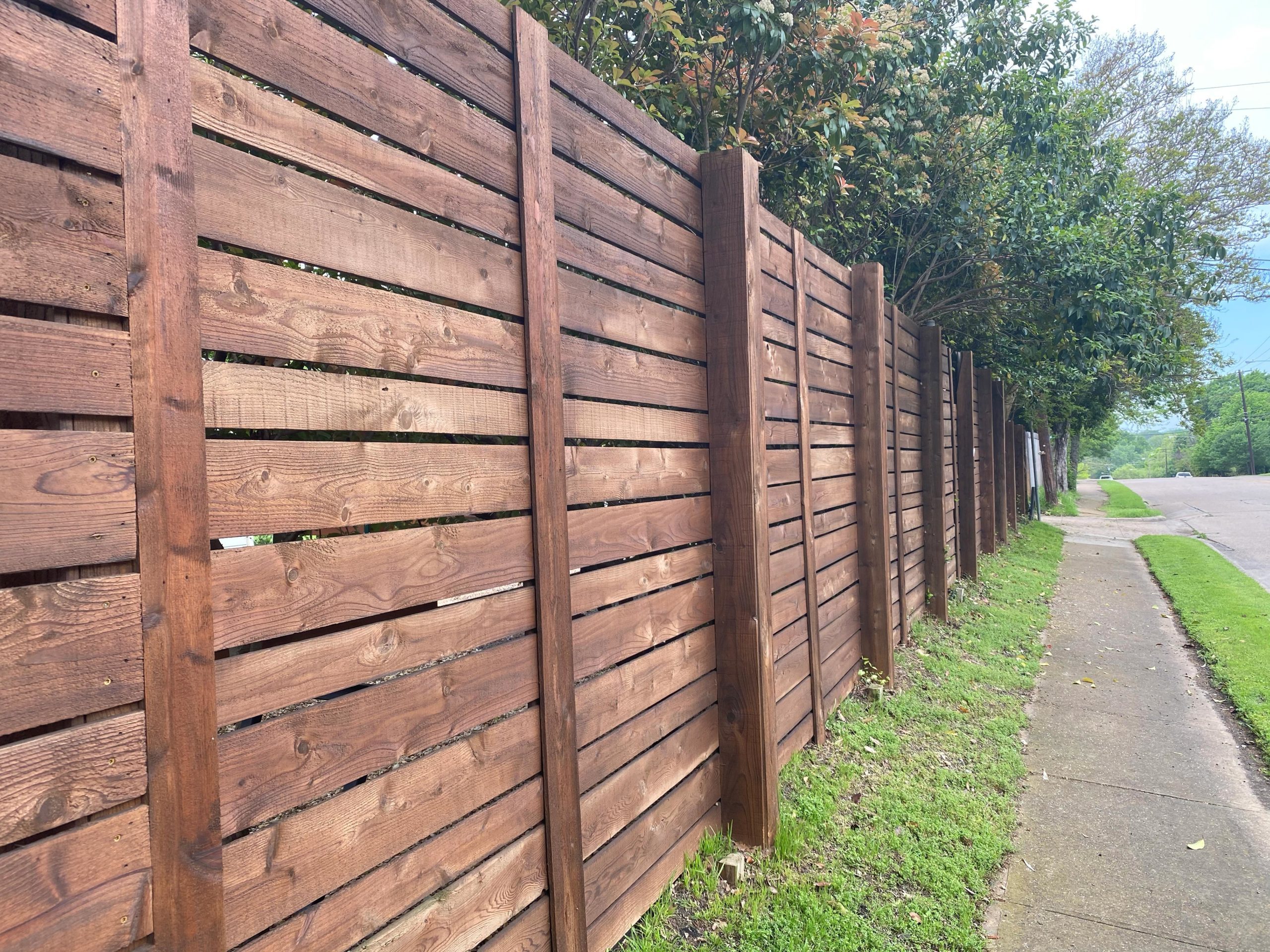
With that said, here are some of the most critical aspects that make for the best wood to use for a fence.
Properly Dried and Processed
Greenwood is a term that pertains to recently-cut and unprocessed wood. As such, it can still contain up to 100% moisture relative to “dried” or “seasoned” wood. It’s essential to remove as much of its water content as possible to make it stronger and more stable.
This is why all types of wood that will go into service, such as a wood privacy fence, need to undergo drying.
The process of drying ensures that the wood has already achieved as much shrinkage as it could. Since there’s not much moisture left in dried wood, it acquires dimensional stability. So, when you expose seasoned wood to Texas’ heat, it won’t shrink a lot anymore.
By contrast, greenwood can lose as much as half of its size and weight when exposed to constant heat. Again, that’s because its moisture content will dissipate.
So, if the wood you’ll use for your fence didn’t undergo proper drying, it will become unstable over time. It will shrink, warp, split, or check after just a short period of time.
Decay Resistant
Did you know that there are over 10,000 species of fungi found in Texas alone? While many of these are the edible kind, at least a hundred are toxic. Many others come in the form of “dry” or “wet” rot, which can cause severe damage to wood fences.
Note, however, that wood kept dry at all times won’t decay. This is also one of the reasons that the best wood to use for a fence has undergone correct drying methods.
Environmental factors, such as humidity, can make wood more prone to decay. However, certain wood species have a heartwood that boasts of natural decay resistance. Keep this in mind if you live somewhere in Texas with a humid or sub-humid climate.
Low Heat Conductivity
Thermal conductivity is a measurement of a material’s heat transfer rate. In wood fences, for instance, this can be how fast the material can conduct the heat of the sun.
Most types of wood have low heat conductivity by nature. However, some types of wood, such as Western Red Cedar, have much lower conductivity.
Why is this important?
The lower the wood’s thermal conduciveness, the less heat that permeates it. This, in turn, can help prevent excessive expansion from within the wood.
The Best Fence Wood to Use for Your Texas Home
Now that you know what to look for in wood fencing materials, let’s get more specific. As mentioned above, some wood species have natural decay resistance. Others are better when it comes to heat conductivity.
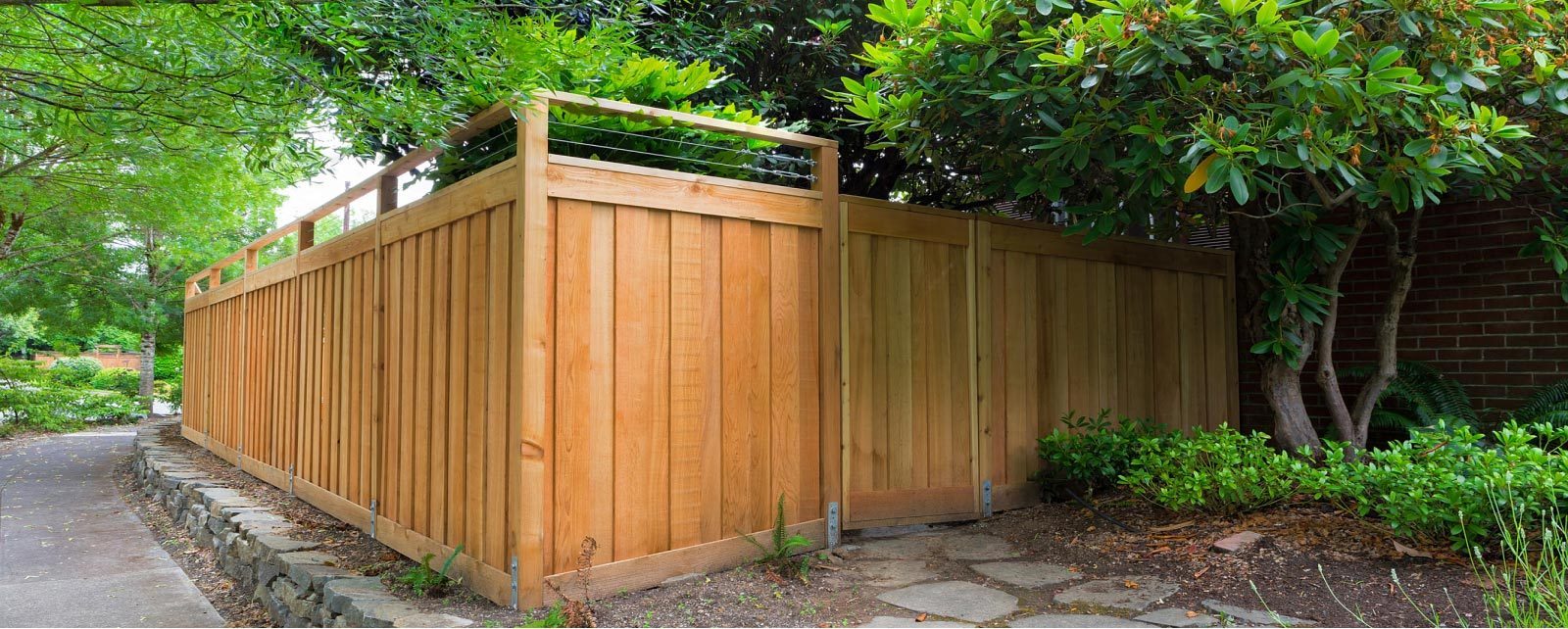
Then, there are some wood materials that excel in all must-have characteristics. Here’s a look at some of them.
The Western Red Cedar
Western red cedar has an innate decay resistance, especially its heartwood. Heartwood, by the way, is the inner section or the “heart” (or core) of a tree trunk. In addition, it’s this part of the tree that’s not only more decay-resistant but also denser and darker.
The Western red cedar also boasts of having tight fibers and grain patterns. Compared to other softwoods, it has far fewer knots. All these contribute to its impressive resistance to decay and rot.
Scientists also say that some types of red cedar have high termite resistance. This is great news for homeowners in Texas, as the state is also home to two of the most damaging termite species.
The tight fibers of the Western red cedar also protect it from moisture issues. Its compact fibrous structure helps it resist excessive dampness. This also gives the wood excellent thermal properties, such as a low risk for heat expansion.
All in all, the Western red cedar is one of, if not the most stable of all species of softwood. Moreover, it’s very lightweight, despite its incredible durability and longevity.
Plus, Western red cedar looks fantastic, so a fence made from it will no doubt boost your home’s curb appeal.
With all these benefits, however, expect the wood fence installation to be on the pricey side. Its average cost (per 6-foot tall picket) runs between $6 and $8. So, if you need at least 200 pickets, you may spend anywhere from $1,200 to $1,600 for a DIY fence.
Redwood
Some of the Sequoia sempervirens redwood species are very resistant to decay fungi. Again, this goes true only for the heartwood of the tree trunk. Untreated redwood sapwood offers very little rot resistance.
Note that sapwood is the outer portion of a tree trunk where water passes from the roots all the way to the leaves. As such, it has much more significant water content than heartwood.
If you stick to high-quality redwood heartwood, though, you can expect your fence to be durable. The wood should also boast of a fine texture, a straight grain, and a non-resinous structure. These qualities would help ensure you have a moisture-resistant redwood fence.
Also, like red cedar, some redwood species have a heartwood that resists termites. Previous studies found that termites fed 50% less on such wood compared to pine and Douglas fir.
As for price, redwood is pretty similar to Western red cedar, costing about $8 per picket. Redwood, however, is more naturally reddish than the latter. Red cedar, unless stained, usually has a more yellowish tone.
Teak
Teak is also a superb option for wood fence material in Texas, as it boasts of high oil content. This is the substance that renders the wood highly valuable in construction. It makes the wood resistant to decay, as well as termites and (slightly) to post beetles and borers.
Moreover, it exhibits high tensile strength, durability, and tight grain. All these make the wood suitable for outdoor use, especially in Texas conditions.
The downside to teak is its price: it can get costly. For instance, a Free on Board (FOB) log of teak with a diameter of 20 centimeters can cost up to $200 per cubic meter. High-quality teak with a dimension of 65 centimeters can even cost up to $1,500 per cubic meter.
Note that these are prices for logs, which haven’t undergone cutting procedures yet. So, you can expect the rates to swell further if you source processed or treated tweak.
Cypress
Cypress also ranks high on the list of the best materials for a wood fence. It displays a natural resistance to decay and rot, thanks to the natural oils found in its heartwood.
The cypressene content of cypress heartwood protects it against decay and insects. However, exposure to Texas elements, particularly the sun and rain, can cause discoloration. From a lovely yellow, it can darken to a grayish hue or develop mold and moss.
That’s why it’s crucial to treat the cypress panels that will make up your fencing system. You can use an epoxy sealer as the primary layer, but you may want to apply at least three coats. You can then apply varnish to further preserve the natural color and beauty of the cypress fence.
There are also some cypress species with some level of termite resistance. Two of the most notable are the Arizona cypress and bald cypress.
Note that not all cypress panels have few knots or tight grains, though. As such, if you plan to go with this fence material, be sure to hand-select each of the pickets. This way, you can make sure that all slats of your new fence have tight fiber structures.
As for price, cypress tends to be on the lower-cost range, averaging $2 per six-foot-tall picket. The higher the grade and the fewer the knots, however, the more expensive they will get. Still, consider these two, as they will also influence the durability of your fence.
Time to Get That Fence Up
There you have it, your ultimate guide on the best fence material options for your Texas home. There are a few other options outside of wood, such as vinyl, but if you want timelessness, then wood is the best way to go. Nothing beats the classic appeal of solid wood, after all.
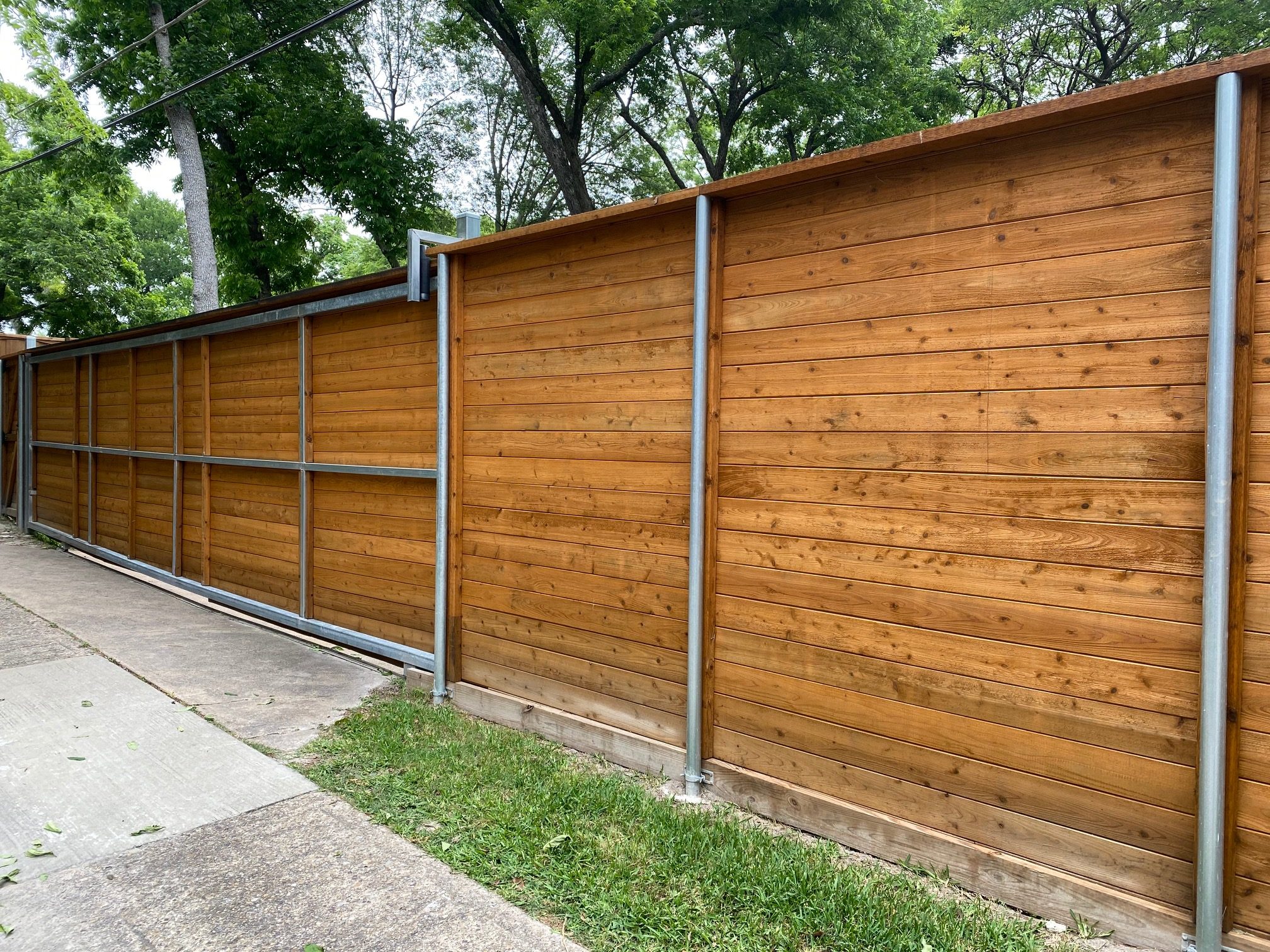
The most crucial thing, however, is to base your decision on the climatic conditions of your area. This way, you can be sure that your fence won’t degrade or rot away in just a few months.
Need more help in choosing and sourcing a fence material for your Texas home? Then please don’t hesitate to get in touch with us now! We’ll be happy to answer any questions you have about fencing installations.
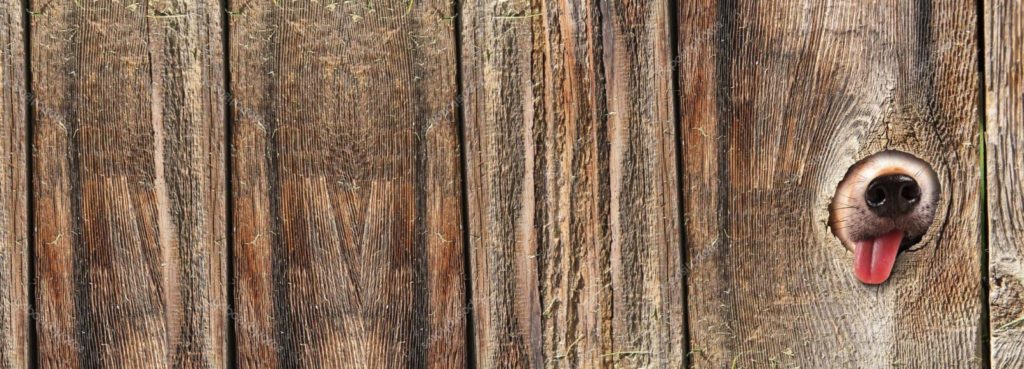
BUILD YOUR FENCE TODAY!
If you’re looking to beautify and enhance the security of your property, turn to Alamo Decks & Fence in Bexar County. We truly value our customers, which is why you can trust us to build your fence using the highest quality materials at the best prices possible.
